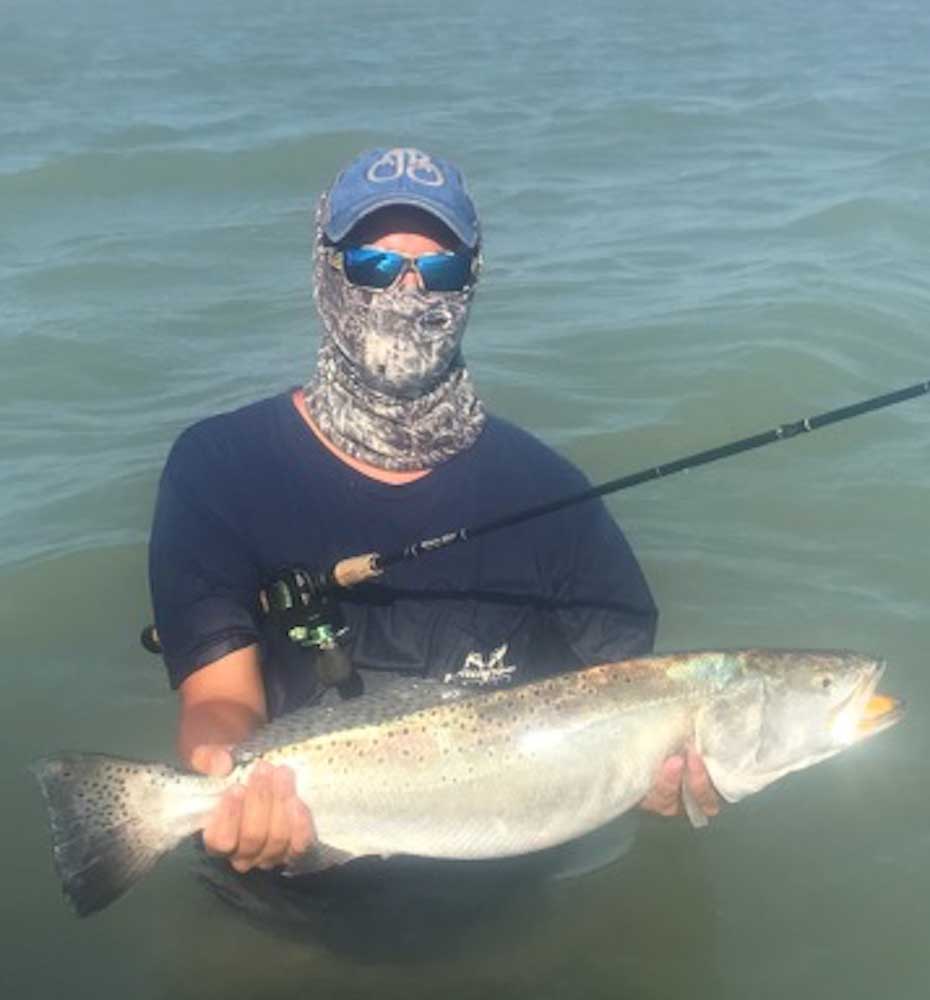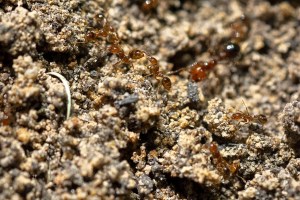Temporary Relief: TPWD Proposes Two-Year Seatrout Limit Change After Freeze
Published 4:18 pm Thursday, January 20, 2022

- Spotted seatrout numbers along Texas’ middle and lower coast declined following last February’s record cold. TPWD is proposing a two-year limit reduction to speed the recovery.
It may be almost a year since Texas spent a week frozen, but the effects are still being felt on the Gulf Coast where icy waters played havoc with spotted seatrout.
In response, the Texas Parks and Wildlife Department is considering a two-year limit restriction on the fish better known to fishermen as speckled trout. The plan, which will be voted on by Parks and Wildlife commissioners Jan. 26, would reduce the daily bag of three fish between 17 and 23 inches. The regulations would impact the middle and lower coast including Matagorda Bay, San Antonio Bay, Aransas Bay, Corpus Christi Bay, and the Upper and Lower Laguna Madre systems.
Trending
The proposal follows emergency regulations on the fish that were enacted last April. Before the emergency order went into effect, the limit was five fish between 15 and 25 inches, with one trophy over 25 inches allowed daily.
Following last February’s freeze, department biologists estimated millions of fish from more than 61 species were killed by icy waters. While most were bait fish, of the sportfish the seatrout were especially hit hard.
“During the year, we conducted routine gill net samplings and based on results we saw some pronounced declines in several bay systems,” said Dakus Geeslin, TPWD Coastal Fisheries deputy director.
With population growth on the coast, coastal fishing is popular and for many of those fishermen the seatrout have been the most sought-after target. Still, prior to the freeze, the fishery was considered in good condition.
“We set ourselves up to buffer for these kinds of events. Over time, we have reduced the bag from 20 to 10 to 5. The fish before the freeze were doing pretty good,” Geeslin said.
Seatrout are considered a near-shore species meaning they spend most of their life in relatively shallow water. They are also a fragile species when it comes to cold.
Trending
“The rule of thumb is (seatrout are affected) at about 40 degrees (water temperature). After about 42 degrees, they start stressing. They start to lose some function and their physiology gets impacted. In comparison, red drum start stressing at 39,” Geeslin said.
The biologist added that in a normal year, the near-shore water’s low along the middle and lower coast is the mid-50s. Before the February storm, water temperatures ranged from 55 to 67.
TPWD biologists have learned from previous extreme cold experiences.
“Based on the historic freezes we have seen, in ’83 and ’89, we saw the fisheries catch rates recover in two to three years,” Geeslin said.
But 2021 was worse and biologists hope a tighter limit will speed the recovery.
“Our purpose is to accelerate that recovery. My guess is it may take a few more years to get catch rates back to where they were previously,” Geeslin added.
Reaction to the proposal has been mostly positive, but not everyone agrees.
“We are hearing some folks who feel we don’t need to do anything and should let Mother Nature take care of itself. There are others who say we should do all of the coast, and there are some who take it to the other extreme and say we should ban croaker fishing,” Geeslin said.
TPWD will receive public comment on the proposed change through Jan. 25 online at tpwd.texas.gov/business/feedback/public_comment, by phone at 512-380-8575 or by email to cfish@tpwd.texas.gov.
Along with the seatrout limit, biologists will also brief commissioners on a conflict between commercial oyster fishermen and recreational fishermen along the coast.
Commercial fishermen have moved down the coast following a series of hurricanes along the upper coast that destroyed oyster reefs.
Oysters play an important role in filtering water flowing into the bays helping to keep the water clear. Fishermen believe an increased oyster harvest has resulted in muddier waters and declining recreational fishing quality.
The issue has become a flashpoint with recreational fishermen accusing TPWD of dragging its feet in finding a solution.
“We have a system in place,” Geeslin said. “There have been more season closures than ever before, but we are also looking at other strategies like different types of lease options. We are getting a handle on some of the tools we can use.”
The department just closed Aransas Bay to oyster harvest for both commercial and recreational harvest Jan. 8 because of a lack of legal sized oysters.
Geeslin said the department regularly samples water quality, and while some areas are better than others, for the most part there are no issues.
“Our problem with oysters is there is so much freshwater inflow it kills the oysters. We have heavy rains from May to June that turns it into freshwater systems,” he said.
Because it is mandated to manage both for sustainability for the commercial fishery and for recreational fishing, the department is in a tough spot. One solution could be to do a license buyback from commercial fishermen as has been done with shrimpers in the past. There are currently about 540 licensed commercial oyster licenses, about double what might be appropriate at this time.
The oyster issue is for discussion only at this month’s meeting, meaning no changes will be enacted at this time.





